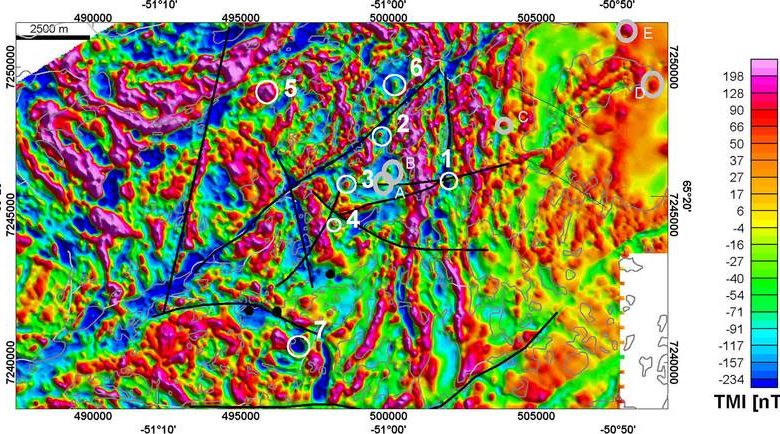All Categories
Featured
Table of Contents
Recent Advances In Optimized Geophysical Survey Design in Warwick Western Australia 2023
Time piece from 23 to 25ns. This last slice is now practically all blank, however a few of the walls are still revealing strongly.
How deep are these pieces? The software application I have access to makes approximating the depth a little challenging. If, however, the top 3 slices represent the ploughsoil, which is probably about 30cm think, I would think that each piece has to do with 10cm and we are just coming down about 80cm in overall.

Fortunately for us, most of the sites we are interested in lie simply below the plough zone, so it'll do! How does this compare to the other approaches? Contrast of the Earth Resistance information (leading left), the magnetometry (bottom left), the 1517ns time slice (top right) and the 1921ns time slice (bottom left).
Airborne Geophysical Surveys Of The Lower Mississippi ... in Mullaloo Oz 2021
Magnetometry, as discussed above, is a passive strategy determining local variations in magnetism versus a localised absolutely no value. Magnetic vulnerability survey is an active method: it is a step of how magnetic a sample of sediment could be in the presence of a magnetic field. Just how much soil is checked depends upon the size of the test coil: it can be extremely little or it can be fairly big.
The sensor in this case is very little and samples a small sample of soil. The Bartington magnetic susceptibility meter with a big "field coil" in use at Verulamium during the course in 2013. Leading soil will be magnetically improved compared to subsoils merely due to natural oxidation and decrease.
By measuring magnetic susceptibility at a fairly coarse scale, we can identify locations of human profession and middens. Regrettably, we do not have access to a dependable mag sus meter, however Jarrod Burks (who helped teach at the course in 2013) has some excellent examples. One of which is the Wildcat site in Ohio.
What Is The Difference Between Geophysical Method And ... in Mount Hawthorn Oz 2020
These villages are frequently laid out around a central open area or plaza, such as this rebuilt example at Sunwatch, Dayton, Ohio. Sunwatch Village, Dayton, Ohio (picture: Jarrod Burks). At the Wildcat website, the magnetometer study had actually found a variety of functions and houses. The magnetic vulnerability survey assisted, however, specify the main location of profession and midden which surrounded the more open area.
Jarrod Burks' magnetic susceptibility study arises from the Wildcat site, Ohio. Red is high, blue is low. The technique is therefore of great usage in specifying areas of general occupation instead of recognizing specific functions.
Geophysical surveying is a used branch of geophysics, which uses seismic, gravitational, magnetic, electrical and electromagnetic physical methodologies at the Earth's surface area to determine the physical properties of the subsurface - Geophysical Surveying in Hamilton Hill Western Australia 2022. Geophysical surveying techniques typically measure these geophysical residential or commercial properties together with anomalies in order to examine numerous subsurface conditions such as the presence of groundwater, bedrock, minerals, oil and gas, geothermal resources, voids and cavities, and far more.
Latest Posts
Geophysical Surveys: Definition & Methods in Forrestdale Oz 2020
Geophysics in Spearwood Australia 2022
Geophysical Survey in Kinross Oz 2022